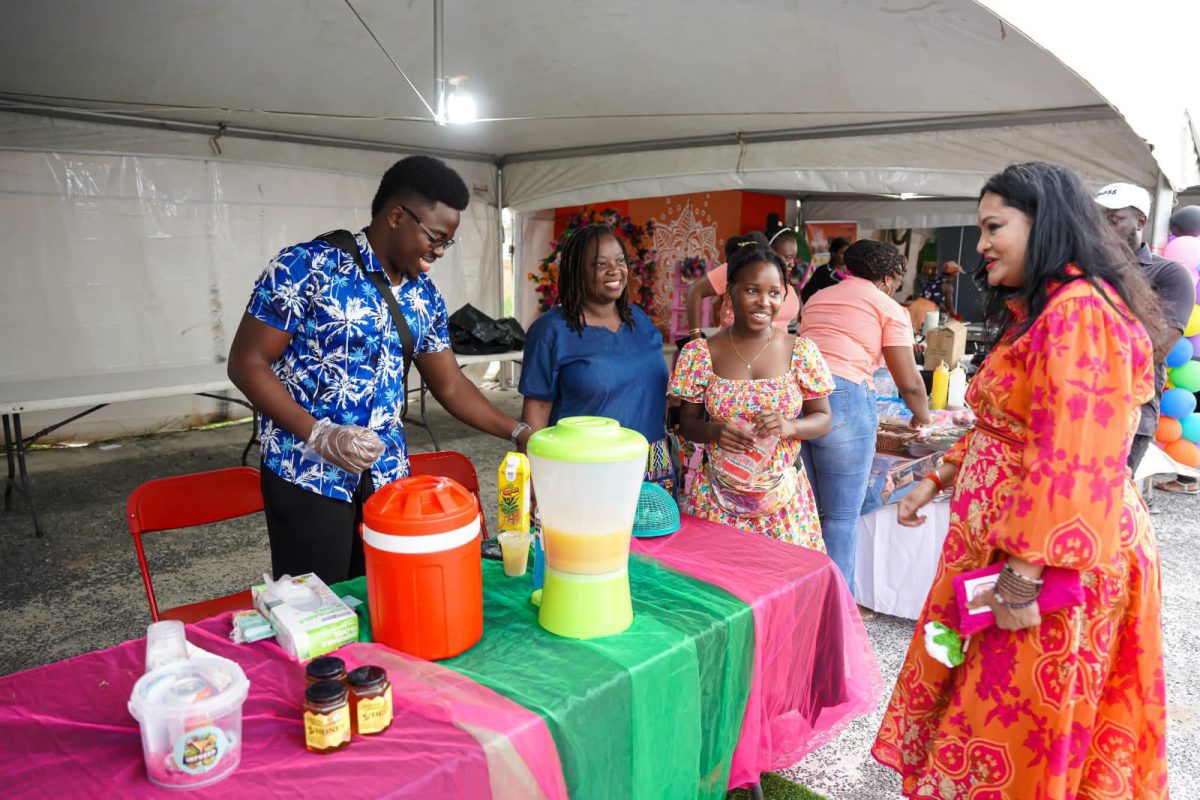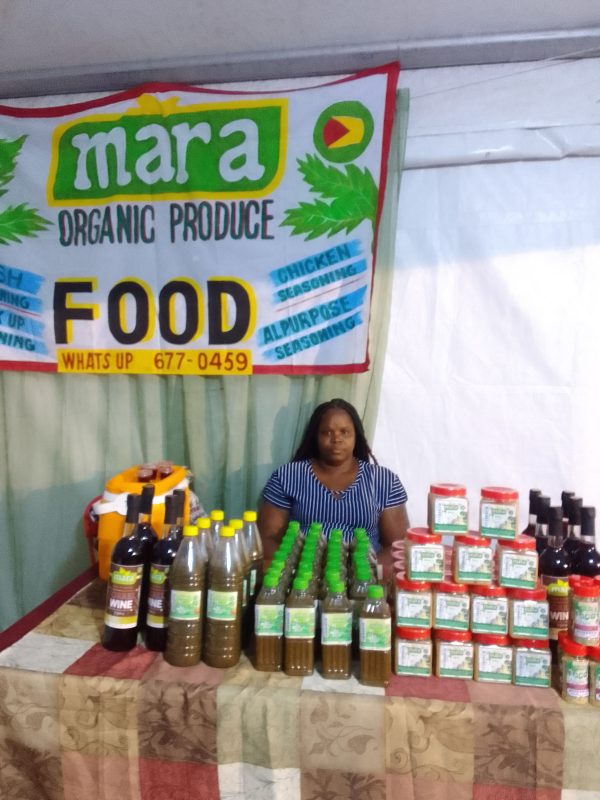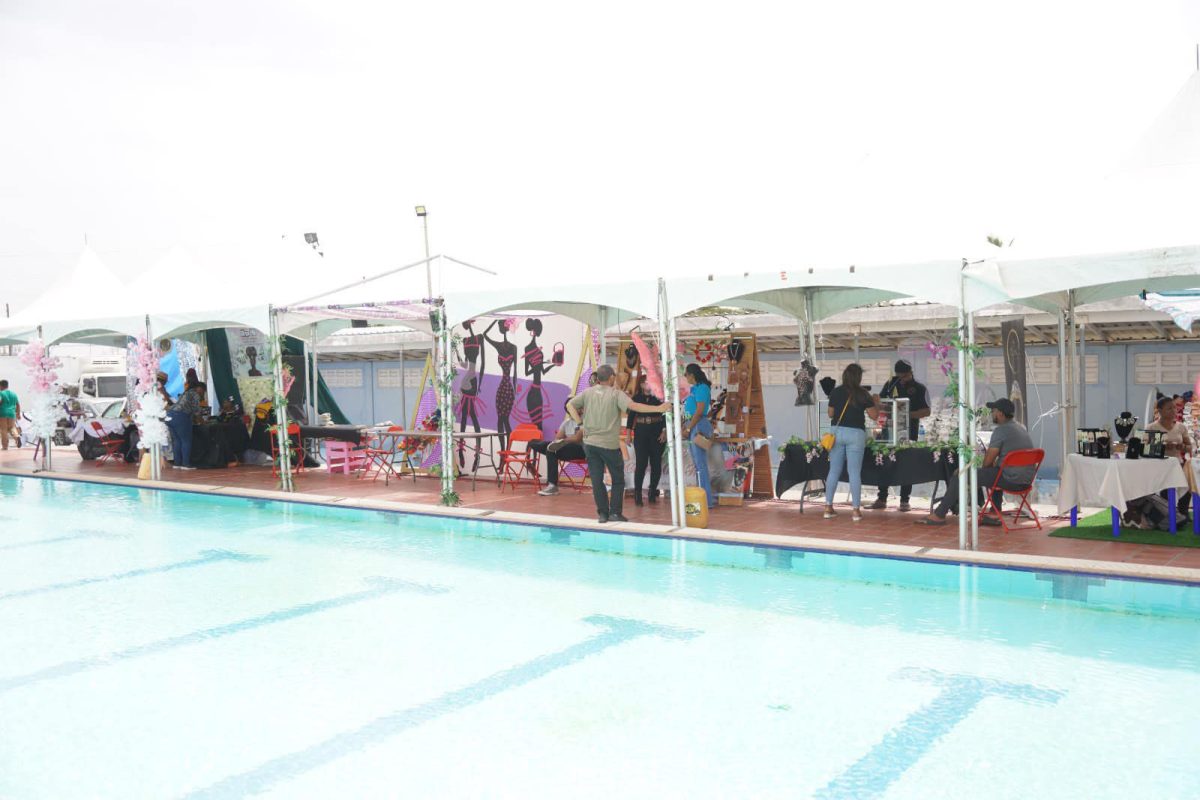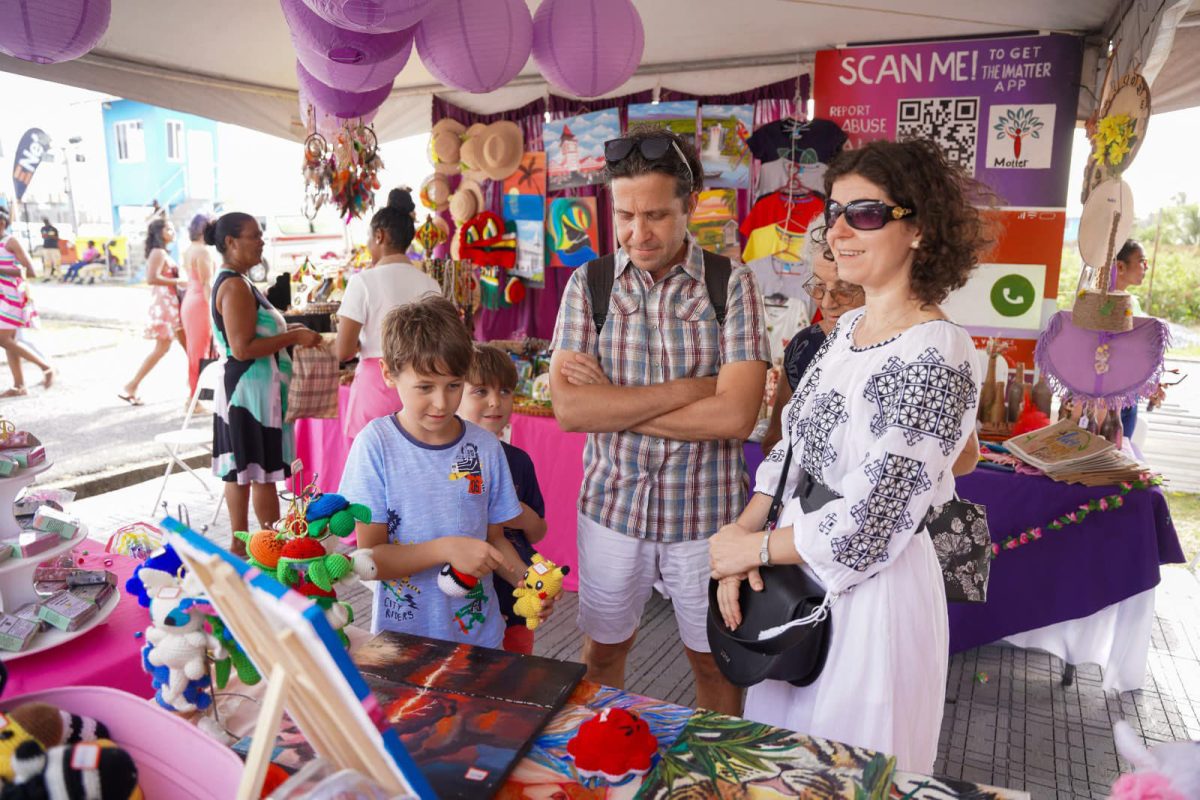Hopefully, now that Guyana’s now firmly petro-focused economy is affording entrepreneurial space beyond the much narrower options that had obtained up until a handful of years ago, Guyana can begin to put behind it, the age-old cliché about women occupying the lowest rung on the entrepreneurial ladder, largely still wedded to a micro-business culture which, unquestionably, their ambitions have now outgrown.
A modest indication of an official response to that reality is reflected in the Women Empowerment – Leading, Innovating, Flourishing Together (We Lift) initiative, run by the Ministry of Human Services and Social Security, currently in its fourth year and designed to infuse a greater measure of gender equality into the opportunities that exist in the country’s economy.
One should make no mistake about it. Historically, the chatter at the levels of both the state and private sectors about women in the entrepreneurial sphere has not been supported by anywhere near sufficient action to decidedly lift Guyanese women off the proverbial entrepreneurial ‘floor’. With a handful of exceptions, women have largely skirted the edges of what we in Guyana quite loosely refer to as business with retail vending, manual agro-processing, and craft, being among those disciplines in which they have realised a generous measure of breakthrough.
In the instance of the Ministry of Human Services and Social Security’s We Lift initiative, yet another state-driven initiative is being undertaken to make a difference. Indeed, in a society where collaborative initiatives involving the state and small businesses usually yield no more than limited results, We Lift is currently in its fourth year, its recently executed fourth staging at the National Aquatic Centre, attracting a level of support that suggests that it may, over time, make a difference.
If there is a generous measure of getting-ahead-of-itself in an official announcement that the event promised to be “the ultimate destination for women-owned businesses and supporters of women’s economic empowerment,” the organizers can be forgiven for seemingly doing so, never mind the fact that the timing would appear to be right for the State to throw a more generous measure of its now considerable weight behind balancing the gender scale insofar as entrepreneurship is concerned.
If there is a generous measure of wisdom in the adage about passing judgment on a “book by its cover,” it is altogether fair to say that the event may well have come pleasingly close to its promise “to be the ultimate destination for women-owned businesses and supporters of women’s economic empowerment.” Here there may be something to be said for handing over what now appears to be a fairly accomplished event to some suitable non-governmental organisation lest, sooner or later, what appears to be a promising opening for enhanced gender equality in entrepreneurship, will crash and burn in some political inferno.
That the disclosure from the organisers said that the event attracted both “the faithful,” as well as the “newbies,” is altogether encouraging though, given what it appears to have to offer, there is room for it to open its doors even wider. After all, the extent of the in-gathering is almost certain to be critical to an event that is open to women, as a whole.
What it can do, crucially, is first to mobilise talent for public scrutiny and, simultaneously, embrace both state and private sector support to cause We Lift to become a lightning rod for market exposure and, hopefully, marketing success.
At the individual level what We Lift can do is to add considerable value to the respective creative pursuits of its adherents.
One particularly pleasing ‘plus’ which ‘We Lift’ afforded was the opportunity for the creative souls to gauge public reaction – albeit in a limited way – to their work. One artist with whom the Stabroek Business spoke said that above everything else, critics “make you mindful of product presentation.”
Among themselves, the creative group assembled for the event appeared more than simply pleased with the views of their ‘critics’. That kind of feedback helps considerably when the next creative piece is being contemplated.
On the whole, what was on offer afforded a generous glimpse into part of the women’s creative talent pool though what it also did was to underscore the need for our creative women to benefit from a far more generous measure of attention and, more importantly, patronage, in a country that now presents itself as a potentially more lucrative market.













